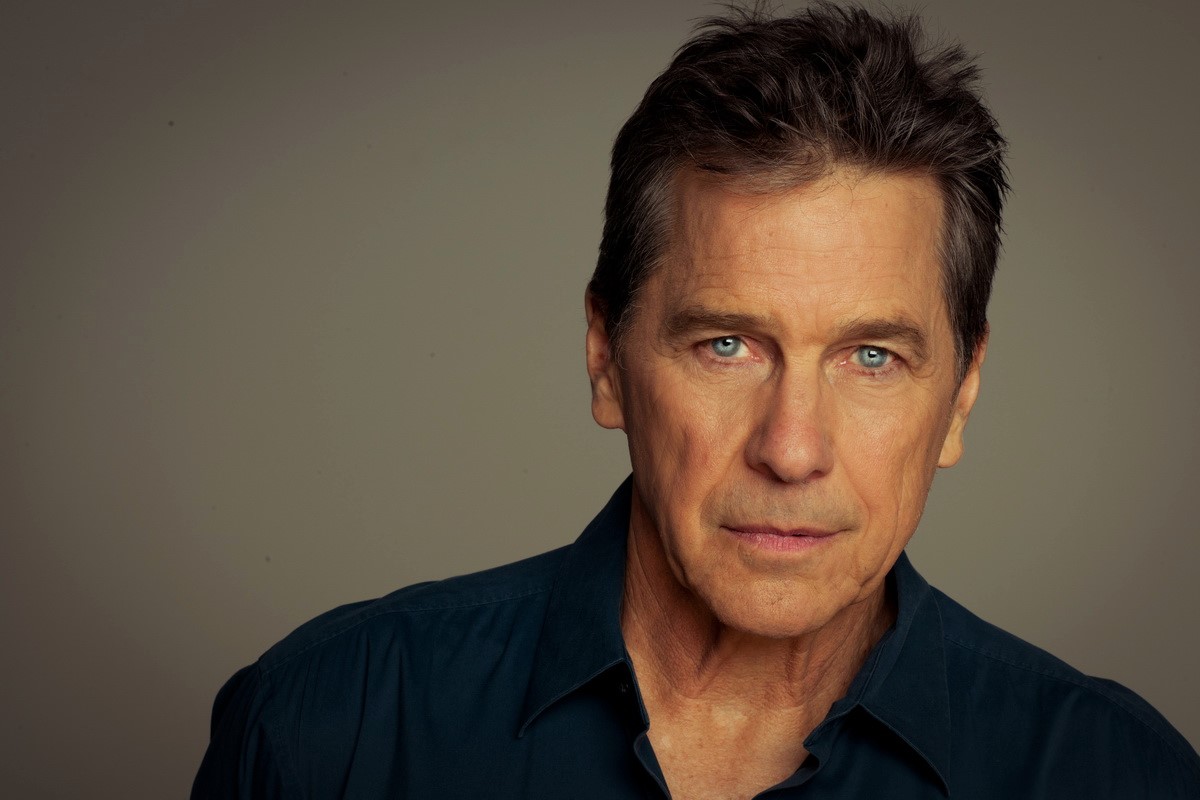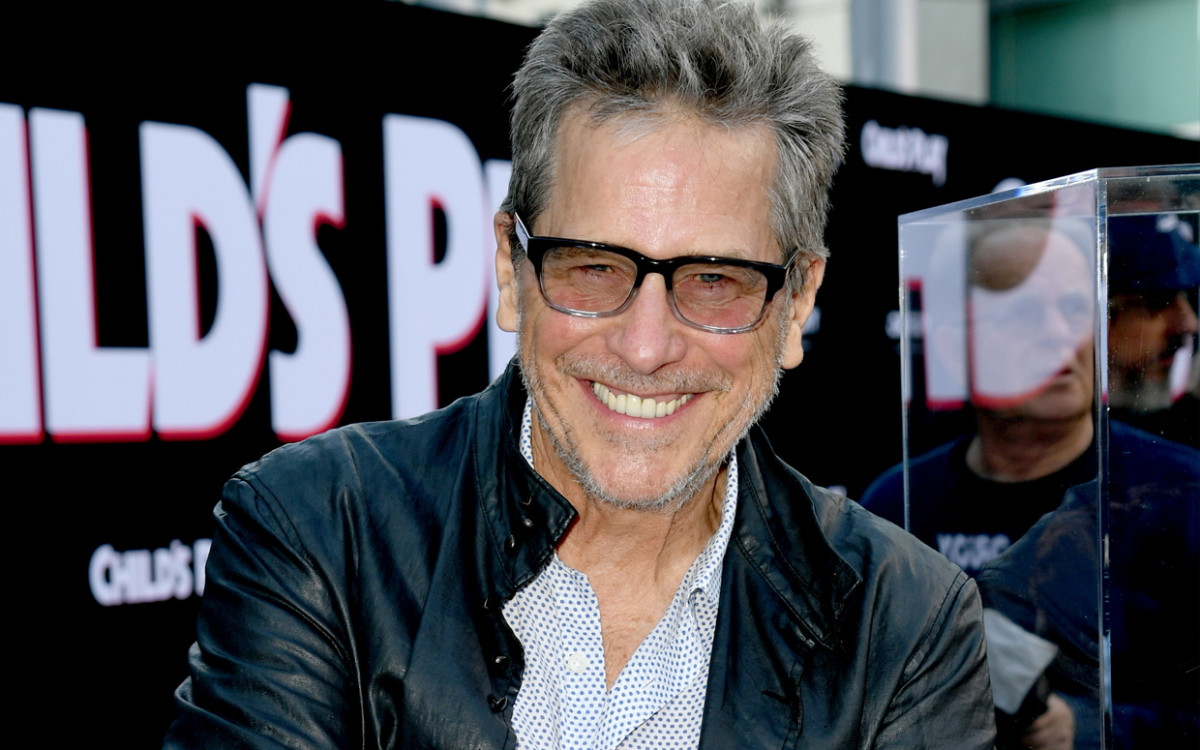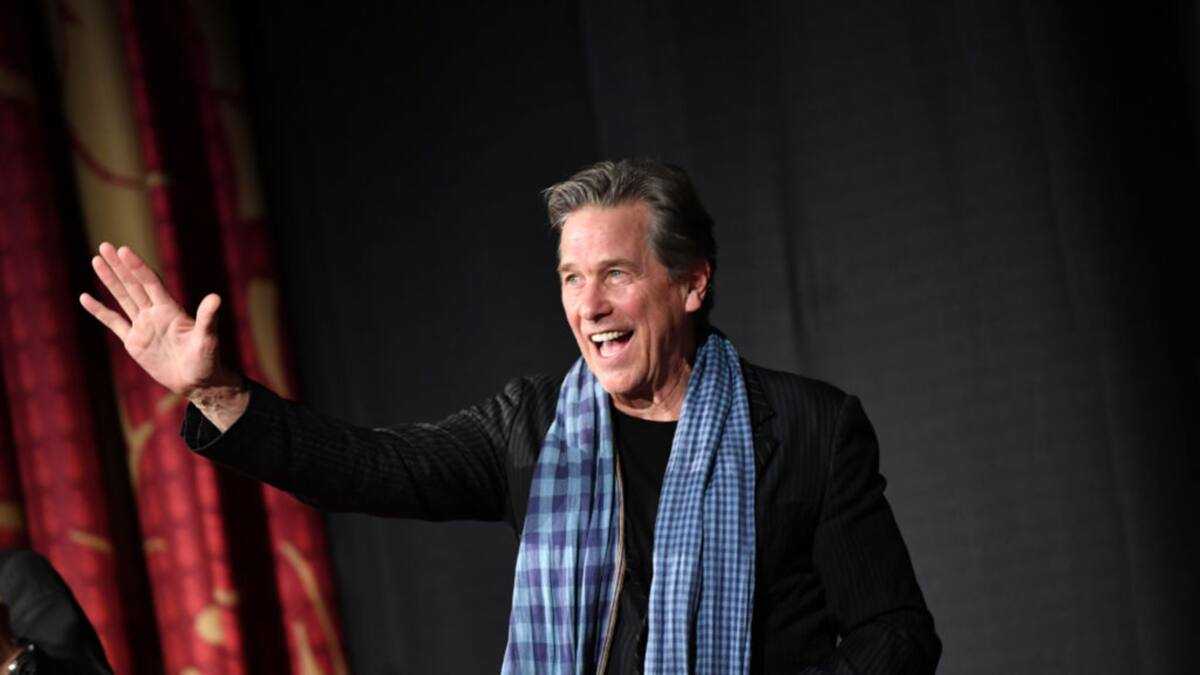Tim Matheson has had an illustrious career spanning several decades in the entertainment industry. Perhaps best known for his role in the 1978 comedy classic, “Animal House,” his portrayal of the charming and rebellious Eric ‘Otter’ Stratton remains one of his most iconic performances.
Matheson’s body of work is as diverse as it is extensive, encompassing television, film, and voice acting. He has been a stalwart figure in the industry since his early beginnings in the 1960s, when he lent his voice to prominent animated series such as “Jonny Quest”.
His talent for voice acting was again showcased through his role as Vice President John Hoynes in the critically acclaimed television series, “The West Wing,” which earned him two Primetime Emmy Award nominations. His directorial pursuits, too, are noteworthy as he has directed episodes for popular shows including “Burn Notice” and “Criminal Minds.”
Aside from his work in front of the camera or behind the scenes, Matheson has also contributed to the industry through his service on the Screen Actors Guild’s board of directors. With a career that is both long-standing and diverse, Matheson has proven to be a versatile talent, continuously adapting to the evolving landscape of the entertainment world. His accomplishments bear testimony to not only his talent but also his enduring commitment to his craft.

Diverse Roles and Genre Exploration
Exploring diverse roles and genres in the realm of arts, particularly in literature, film, and stage plays, is a fascinating practice that offers a broad scope for creativity and expression. It not only allows artists to stretch their skills and abilities, pushing their boundaries, but it also aids in portraying a myriad of perspectives, cultures, experiences, and themes.
This practice is significantly important in today good’s society, where the call for representation and inclusion is more pronounced than ever. The exploration of different genres, from mystery to romance, from historical fiction to science fiction, opens up a world of possibilities for narratives and characters. An artist might delve into a fantasy world one day and then pivot to a heart-wrenching drama the next.
Similarly, the diverse roles that an actor might undertake can be a testament to their versatility and range. One might be a rebellious teenager in one project and a ruthless corporate tycoon in another. It is this diversity and genre exploration that makes the world of arts so vibrant and dynamic.
It encourages artists to constantly evolve and adapt, to challenge themselves, and to break down stereotypes. Moreover, it offers audiences an array of experiences, allowing them to see themselves reflected in the stories they consume, to understand different viewpoints, and to be transported to different worlds. In this way, the exploration of diverse roles and genres adds depth and dimension to the arts, keeping it fresh and relevant, and contributing significantly to the cultural richness of society.
Memorable TV Series and Film Appearances
TV series and film appearances that resonate with audiences often create unforgettable moments that are etched in our collective consciousness. One such iconic appearance is that of Marlon Brando in “The Godfather”. His portrayal of Vito Corleone, the patriarch of a mafia family, is sublime and nuanced, leaving a lasting impression on moviego gooders worldwide. Likewise, in the realm of TV series, Bryan Cranston’s role as Walter White in “Breaking Bad” is a testament to his exceptional acting prowess. His transformation from a high school chemistry teacher to a feared drug dealer was so compelling that it became a benchmark for character development in TV drama.
In a different vein, the stunning portrayal of Tony Stark by Robert Downey Jr. in the “Iron Man” series and “The Avengers” franchise changed the landscape of superhero films. His charisma and wit breathed life into the comic book character, making Iron Man a beloved figure in pop culture. Conversely, in the world of fantasy TV series, “Game of Thrones” broke boundaries with its epic storytelling and unforgettable characters. Peter Dinklage’s performance as Tyrion Lannister, a character of profound complexity and intelligence, remains a standout and memorable appearance.
On the lighter side, sitcoms too have their share of memorable appearances. Jennifer Aniston’s role as Rachel Green in “Friends” became so popular that it sparked a hairstyle trend known as “The Rachel” in the 90s. Her character’s journey from a spoilt, wealthy girl to a successful businesswoman resonated with many viewers, making her one of the most beloved characters in sitcom history.
Whether it’s a riveting performance in a drama, an engaging role in a superhero film or a lovable character in a sitcom, these unforgettable TV series and film appearances have not only entertained us but also shaped our understanding of storytelling and character development in visual media. These performances have set high standards and given us characters that we identify with, root for, and remember long after the credits roll.

Collaborations with Renowned Directors
Collaborations with acclaimed directors often enhance the quality and appeal of film projects, attracting wider audiences and promoting creative growth. When actors, writers, cinematographers, or other directors team up with celebrated figures in the industry, they get a chance to produce something unique, benefiting from the director’s wealth of experience and distinctive style.
The collaboration process can also be an avenue for learning, as these directors often carry with them a vast repository of knowledge and insights about the art of filmmaking. Their ability to shape a narrative, guide performances, and weave together different elements of a film can be a transformative experience for all involved.
Among the most successful collaborations in the film industry are those between Martin Scorsese and Robert De Niro or Quentin Tarantino and Samuel L. Jackson, which have resulted in some of the most iconic films in the history of cinema. These partnerships illustrate the power of creative synergy, where the combined talents and efforts exceed what individuals could achieve on their own. Moreover, collaborations with renowned directors often open doors to further opportunities, providing visibility and credibility in an industry where reputation matters significantly. However, these collaborations are not without challenges.
They require a delicate balance of creative control, mutual respect, and the ability to compromise when visions differ. Despite these potential hurdles, collaborations with esteemed directors remain a sought-after opportunity for many in the film industry. They represent a fusion of creative minds aiming to craft an unforgettable cinematic experience.
Evolution of Acting Style
The evolution of acting style has been a dynamic and continuous process, mirroring the changes in society, technology, and artistic sensibilities. In its early stages, during the era of Greek and Roman theatre, acting was primarily presentational, with exaggerated gestures and vocal techniques employed to reach large audiences.
This evolved during the Elizabethan era, where acting started to take on a more naturalistic approach. The advent of naturalism and realism in the 19th century brought about a significant shift in acting style.
Actors began to internalize their characters, portraying them with psychological depth and authenticity. This was largely influenced by Konstantin Stanislavski’s ‘system’, which emphasized the importance of psychological realism and introspection.
The 20th century saw further evolution with the emergence of method acting. Pioneered by Lee Strasberg, method acting required actors to draw upon their own emotions and experiences to portray their characters convincingly. More recently, postmodern acting, characterized by a departure from traditional narrative structures and characterizations, has gained popularity.
Moreover, the rise of film and television has necessitated adjustments in acting style, with a greater emphasis on subtlety and nuance. The digital age has also expanded the scope of acting, introducing motion capture technology and voice acting for animated characters.
Despite these changes, the fundamental essence of acting—to convincingly portray a character and tell a compelling story—remains constant. The continual evolution of acting style reflects the adaptability and creativity inherent in this art form.

Personal Life and Public Image
The dynamics of personal life and public image are often intertwined, especially in today’s digital age. The concept of personal life refers to the sphere of an individual’s life that is meant to be private, away from the prying eyes of the public. It encompasses an individual’s intimate relationships, hobbies, home life, and personal interests.
On the other hand, public image is the persona that an individual presents to the world. It is the perception that the public has about an individual based on their actions, behavior, and interactions in the public sphere. For some individuals, such as celebrities, politicians, and other public figures, their public image can significantly affect their personal life.
They are often under immense pressure to maintain a certain image, which can sometimes lead to them hiding aspects of their personal life that they feel may harm their public image. However, for most people, the two spheres can remain distinct, allowing them to live their personal life without worrying about their public image.
Nonetheless, the advent of social media has blurred these lines, making it difficult for some to separate their personal life from their public image. As a result, individuals need to exercise discretion about what they share publicly to protect their personal life.
In the end, while the public image may offer an individual recognition, it is the personal life that shapes their true identity and character. It is crucial to strike a balance between the two, ensuring one’s personal life is not entirely consumed by the pursuit of a favorable public image.
